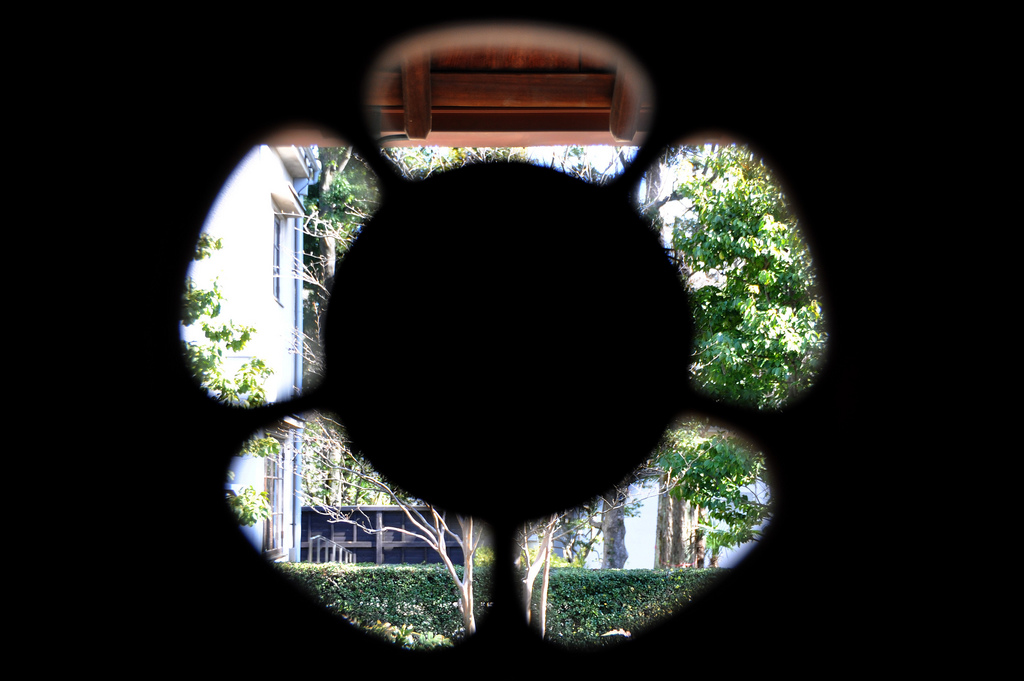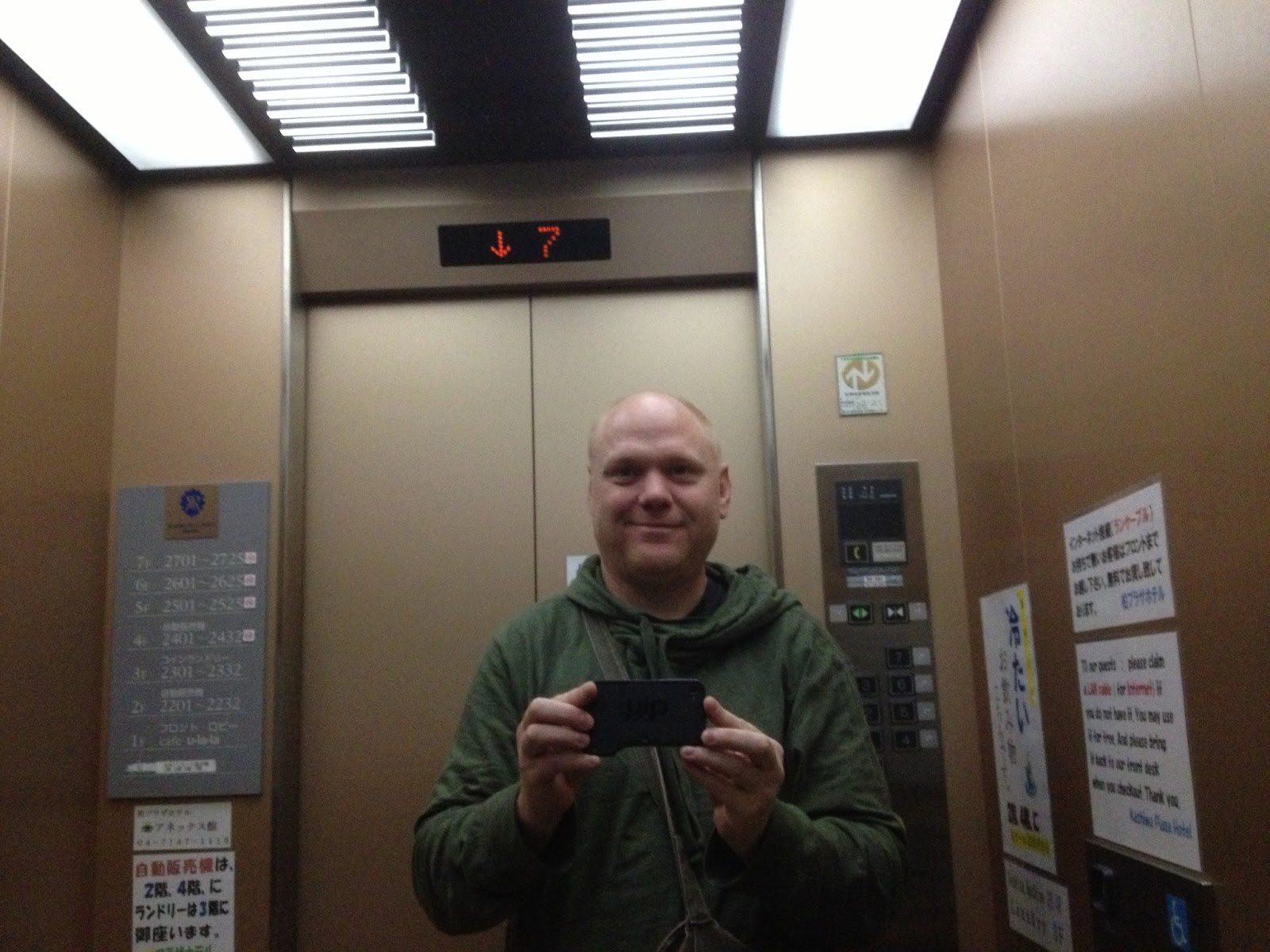空間 Kukan: More Bounce to the Ounce
From Bujinkan Santa Monica by Michael
 |
| Edo-Tokyo Architectural Museum. photo by kanegen |
"When he's close, then use a sanshin strike. Let's think that this strike is a strike on the kukan. No one will think you'll do this."and another time he said to "Bounce the opponent off the kukan." and to "use the kukan as a shield." Hatsumi Sensei then added,
"you're not "doing" a technique. Being able to control without holding on in the kukan. It's like juggling in the kukan. This is the most important thing for the upcoming kunoichi taikai. Because you don't need strength to juggle."And the effect on his opponent was palpable. I could see it happening in front of me. He was being "bounced."
OK. So the simple physics don't match up with any western translation of kukan I have heard. For example one dictionary defines 空間 kukan as: space; room; airspace. And I always understood it to mean the space between, in and around the fight and the fighters. But this is empty air! How the heck do you strike it? And when you do, what would that accomplish?
Let's look an eastern concept for this idea. The first character in kukan is 空 ku, one of the five elements in our training. It roughly translates to empty; sky; void; vacant; vacuum.
But in another blog post about bojutsu I described another meaning for kokū 虚空:
We usually think of this as meaning empty space or empty sky. But this word is sometimes used to refer to the mind (which has no form or color) of your opponent. Kokū 虚空 can be read as emptiness or even "false" emptiness. Another way to write kokū is 真空, which is a true emptiness. Or even kokū 心空 emptiness of mind.So how do you bounce somebody off empty space? Maybe with the mind of the attacker? The space looks empty but it is filled with intentions and thoughts.
Soke ended the class by suggesting that we do it without feeling. Kankaku denai 感覚でない... But isn't that how badly we always do it?
